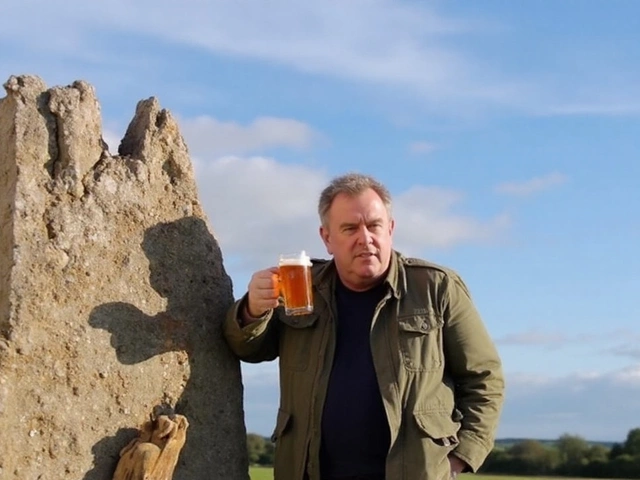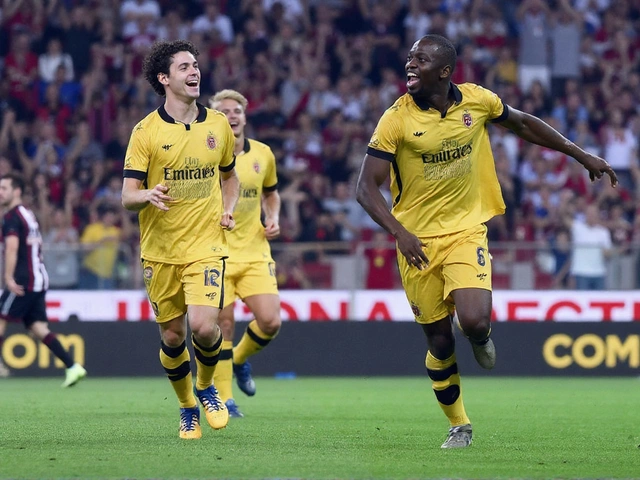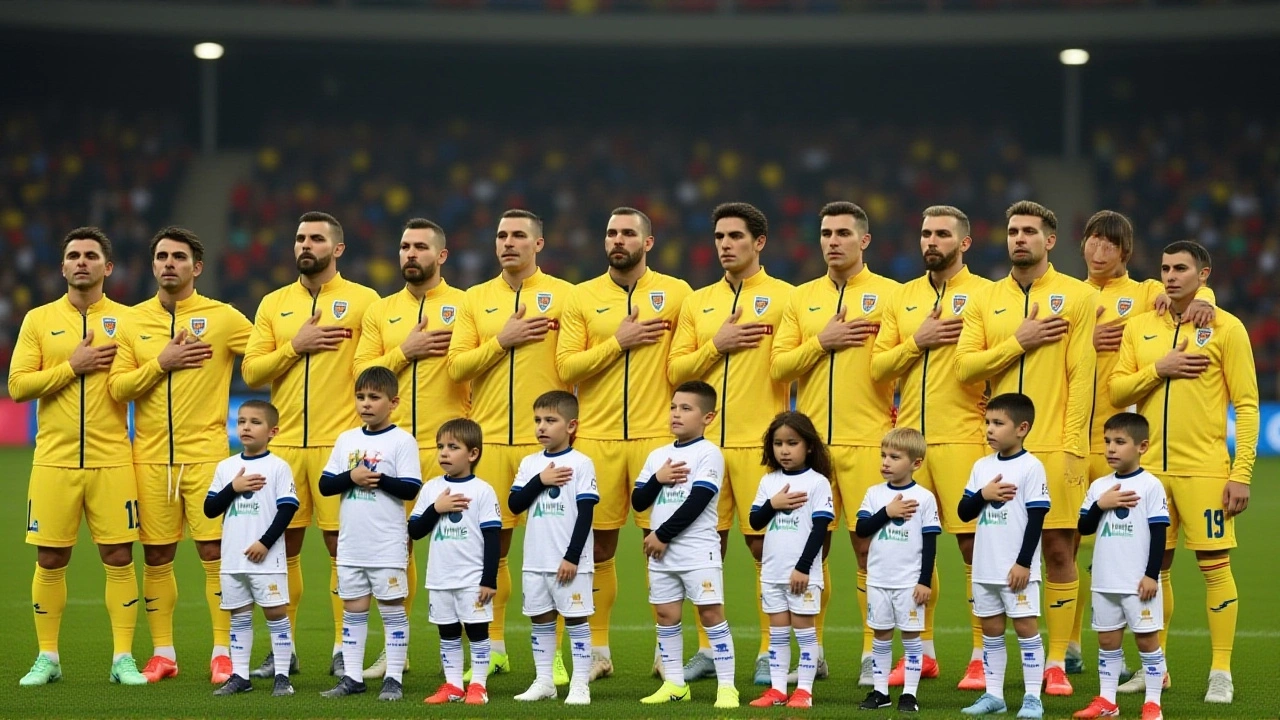When Romania lost 0-1 to Bosnia and Herzegovina at the National Arena in Bucharest on March 21, 2025, few expected the team to still be in contention for the 2026 FIFA World Cup by November. But here’s the thing — they didn’t just stay in the race. They clawed their way into the play-offs, thanks to grit, a last-minute goal, and a surprising amount of resilience. The Romanian Football Federation, led by president Răzvan Burleanu, had set modest goals. What they got was a campaign that turned heads across Europe.
A rocky start, then a turnaround
The opening match felt like a bad omen. A home defeat to Bosnia and Herzegovina, a team ranked 12 places below them in FIFA’s standings, left fans uneasy. But the next three days brought a jolt of energy. On March 24, Romania flew to Serravalle, San Marino, and delivered a 5-1 thrashing — their most dominant performance in years. The attendance? Just 598. The result? A statement. Denis Drăguș and George Pușcaș were already showing signs of becoming the new backbone of the squad.The turning point: Cyprus and Austria
By June, Romania had faced Cyprus twice — once away, once at home. The first meeting, on June 10 at the National Arena, ended 2-0, with Pușcaș opening the scoring and Drăguș sealing it. The return fixture on September 9 in Nicosia was far messier: a 2-2 draw. Cyprus equalized twice, but Drăguș’s brace — both goals inside the first 18 minutes — kept Romania’s momentum alive. It wasn’t pretty, but it was enough. Then came the match that defined everything. On October 12, 2025, Romania hosted Austria at the National Arena. Austria, a team that had already qualified for Euro 2024, was playing for pride. Romania? They were playing for survival. The game was tense, goalless through 90 minutes. Fans held their breath. Then, in the 95th minute, George Ghiță — a 24-year-old midfielder from CFR Cluj — pounced on a loose ball after a corner scramble and buried it. The roar from the stands? One of the loudest in recent memory. The final whistle blew. Romania 1, Austria 0. That goal didn’t just win a match. It changed the trajectory of a generation.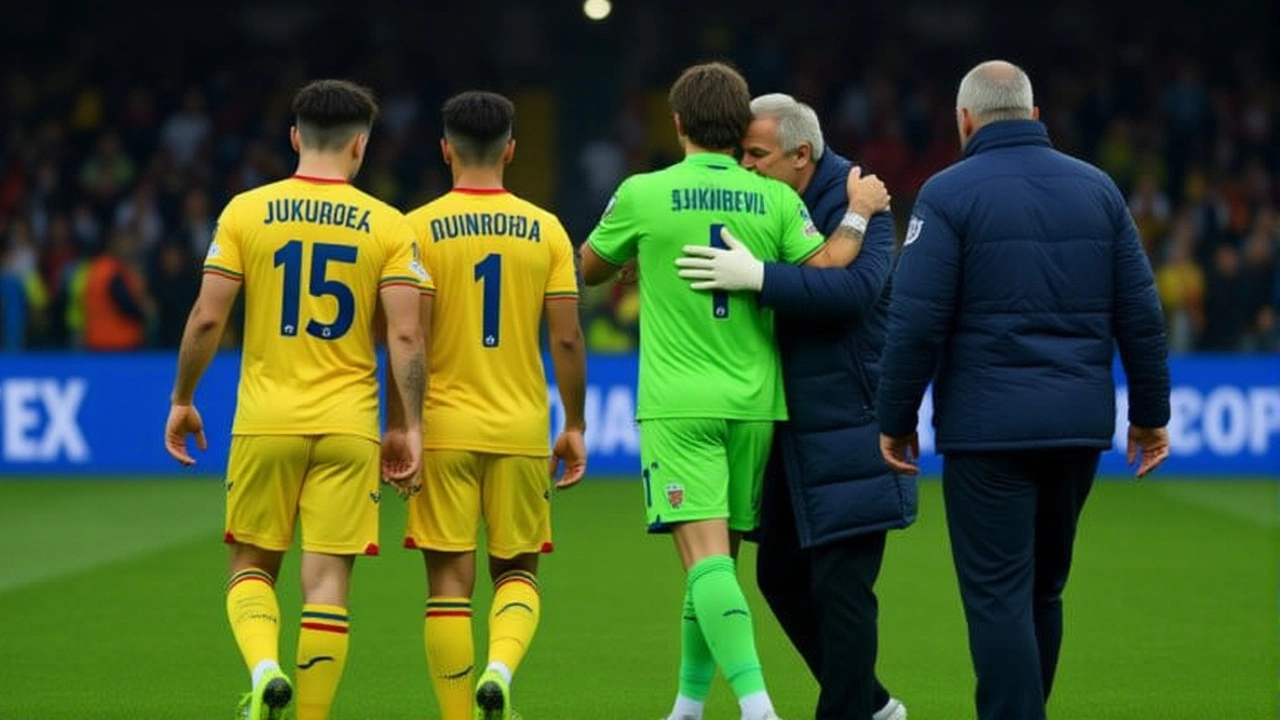
Final push and the numbers that mattered
The last two matches were formality, but Romania didn’t take their foot off the gas. On November 15, they traveled to Zenica and drew 1-1 with Bosnia and Herzegovina. Then, on November 18, they returned to Bucharest for the final home game — and delivered a statement: 7-1 over San Marino. Drăguș scored again. Pușcaș added two. The bench cleared. The fans sang until the lights went out. The final Group H standings told the story:- Austria: 18 points (6 wins, 0 draws, 2 losses)
- Bosnia and Herzegovina: 15 points (4 wins, 3 draws, 1 loss)
- Romania: 13 points (4 wins, 1 draw, 3 losses) — +9 goal difference
- Cyprus: 10 points
- San Marino: 0 points
What’s next? The play-off gauntlet
The 2026 FIFA World Cup will be held across the United States, Mexico, and Canada, starting June 11, 2026, at Estadio Azteca. The tournament will feature 48 teams — an expansion that means more chances, but also more competition. The European play-offs, scheduled for March 2026, will pit Romania against two other third-place finishers from qualifying groups, plus the best Nations League teams that didn’t qualify outright. Romania’s path now leads through a one-off knockout match. Win, and they’re in. Lose, and their World Cup dream ends. The team’s core — Drăguș, Pușcaș, Ghiță, and veteran captain Alexandru Cicâldău — will be expected to lead. Coach Edward Iordănescu, who took over in 2023, has instilled a tactical discipline rarely seen in recent Romanian sides. They’re no longer just hoping to survive. They’re learning how to win under pressure.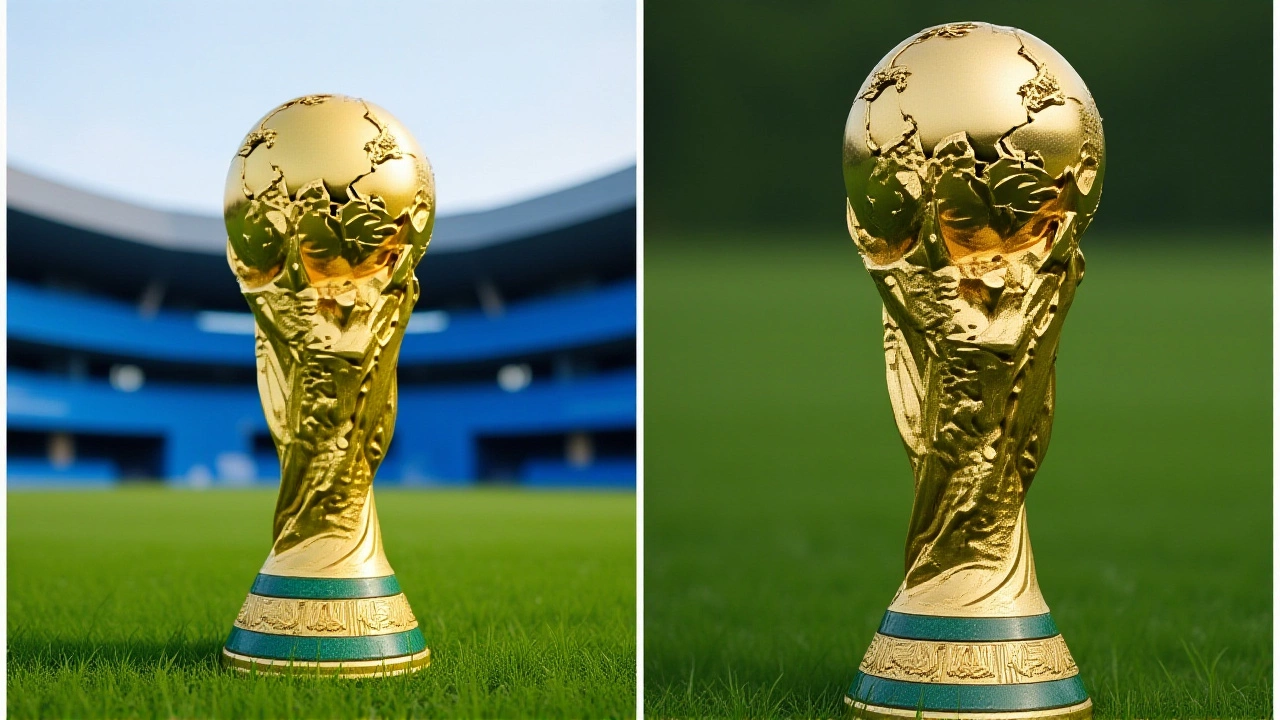
Why this matters beyond the pitch
For Romania, football has always been more than sport. It’s identity. After decades of underperformance, the national team has become a rare source of unity. In a country where economic uncertainty and political volatility are daily realities, a win like the one against Austria on October 12 isn’t just a result — it’s a moment. The Romanian Football Federation, headquartered in Bucharest and working under UEFA’s umbrella in Nyon, Switzerland, has invested in youth academies since 2021. The 2026 campaign is the first tangible payoff. Three players from the U-21 squad made their senior debuts during qualifiers. One of them, 19-year-old winger Andrei Mihăilă, is already on the radar of clubs in Serie A. And while the World Cup in North America feels distant, the fact that Romania is even in contention again — after missing out in 2018 and 2022 — feels like a reawakening.Frequently Asked Questions
How did Romania qualify for the World Cup play-offs despite finishing third in Group H?
Romania advanced to the play-offs not through their group position alone, but via their performance in the 2024–25 UEFA Nations League. UEFA’s qualification system now allows third-place finishers from World Cup qualifying groups to enter the play-offs if they rank highly in their Nations League division. Romania’s strong showing in League B — including wins over Finland and Georgia — earned them one of the 12 available play-off spots, even though they didn’t finish in the top two of Group H.
Who were the key players in Romania’s 2026 World Cup qualifying campaign?
Denis Drăguș was Romania’s top scorer with 6 goals, including braces against Cyprus and San Marino. George Pușcaș added 5 goals, while George Ghiță’s 95th-minute winner against Austria became the defining moment of the campaign. Captain Alexandru Cicâldău anchored the midfield, and goalkeeper Andrei Rațiu made crucial saves in tight matches, particularly against Bosnia and Austria. All four are under 26, signaling a promising generational shift.
What’s the schedule for the 2026 World Cup play-offs?
The UEFA play-offs for the 2026 World Cup are set for March 2026, with single-leg knockout matches on March 20 and 24. Romania will be seeded in Path B, facing one of the other third-place finishers from Groups A–I. The exact opponent won’t be known until the final qualifying matches conclude in November 2025, but potential rivals include Hungary, Slovenia, or Ukraine. The winner of Romania’s play-off match earns one of the final four European spots in the World Cup.
Why did Austria start their qualifiers in June instead of March?
Austria was involved in the UEFA Nations League promotion/relegation play-offs in March 2025, which took priority over World Cup qualifiers. UEFA’s calendar allows teams participating in Nations League play-offs to delay their World Cup qualifying debut until the next international window. This gave Austria a later start but didn’t affect their overall group standing — they still won six of their eight matches.
How does Romania’s 2026 campaign compare to past World Cup qualifiers?
Romania last qualified for the World Cup in 2008, and their 2026 campaign is their most competitive since 2016. Their 13 points and +9 goal difference are their best in a European qualifying group since 2002. They also avoided the heavy defeats that plagued them in 2018 (a 4-0 loss to Austria) and 2022 (a 3-1 home loss to North Macedonia). This time, they showed consistency, scoring 19 goals and keeping clean sheets in four matches — a marked improvement in defensive discipline.
Where will Romania’s play-off match be held?
The play-off match will be hosted by the higher-ranked team based on the UEFA Nations League ranking. If Romania is seeded higher than their opponent, the game will be played at the National Arena in Bucharest. If not, it will be held at the opponent’s stadium. UEFA will finalize the draw in late November 2025, after all qualifying groups conclude. Fans in Romania are already planning travel for away matches, and ticket requests for a potential home play-off have surged by 300% since October.

